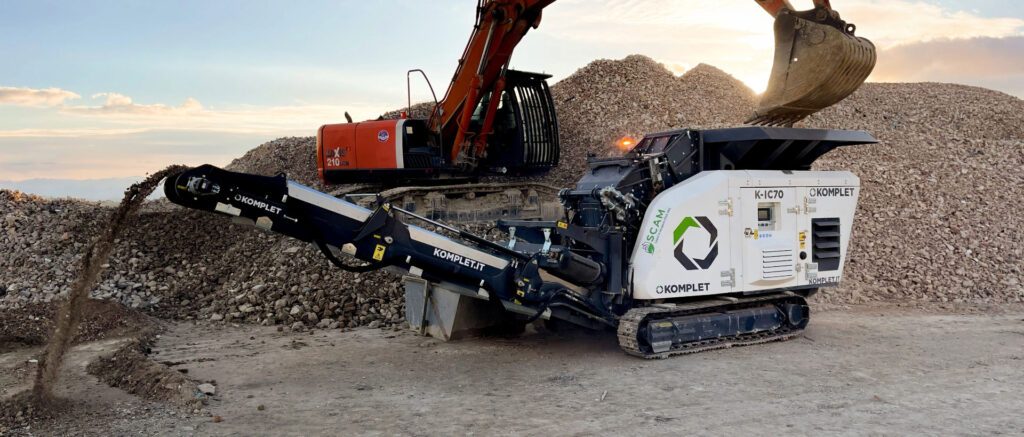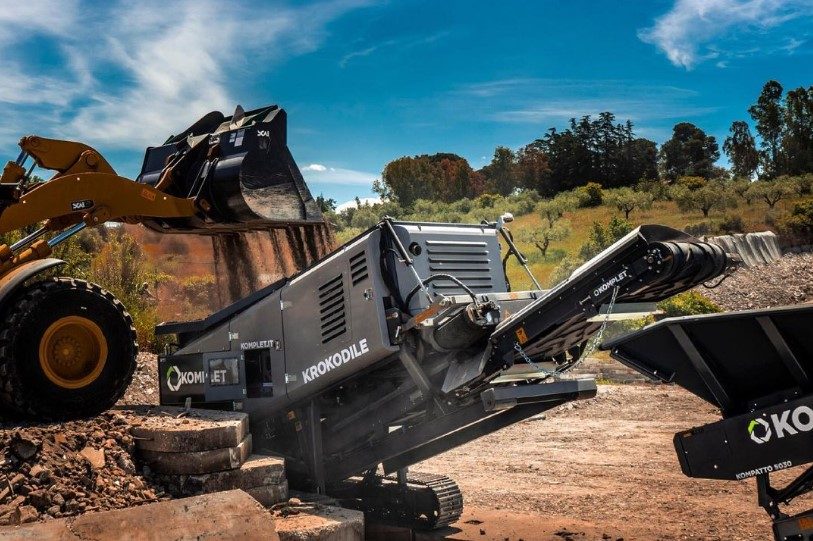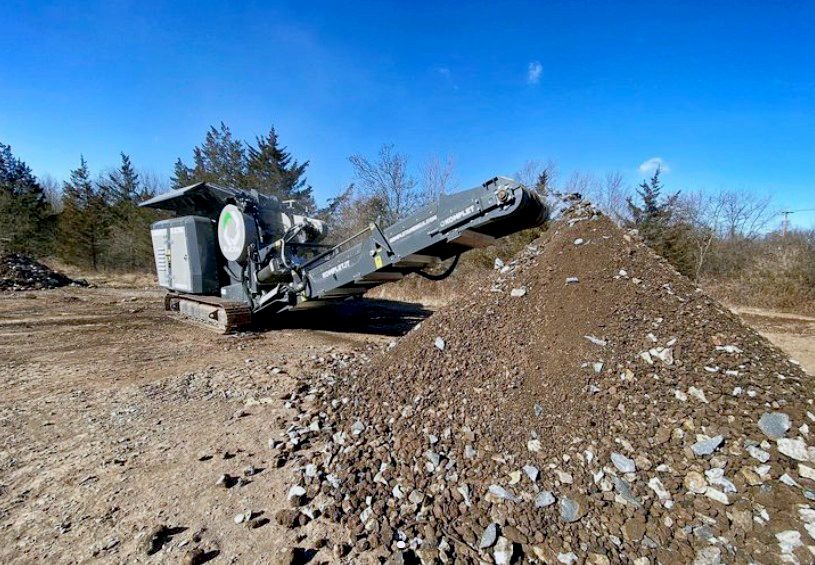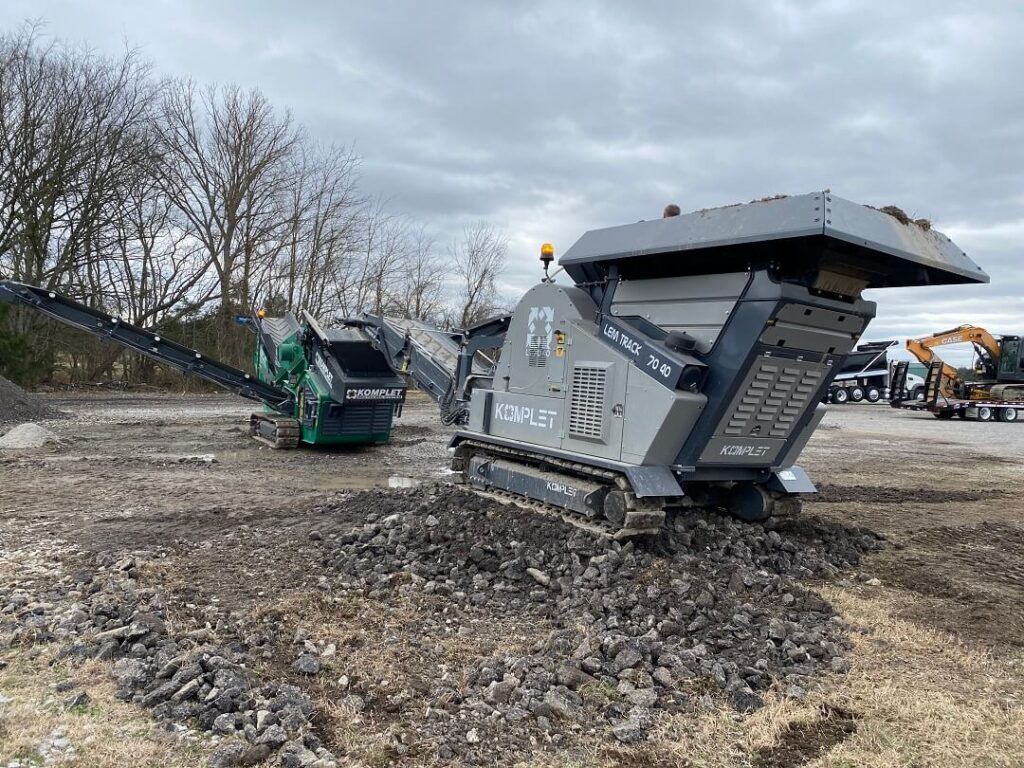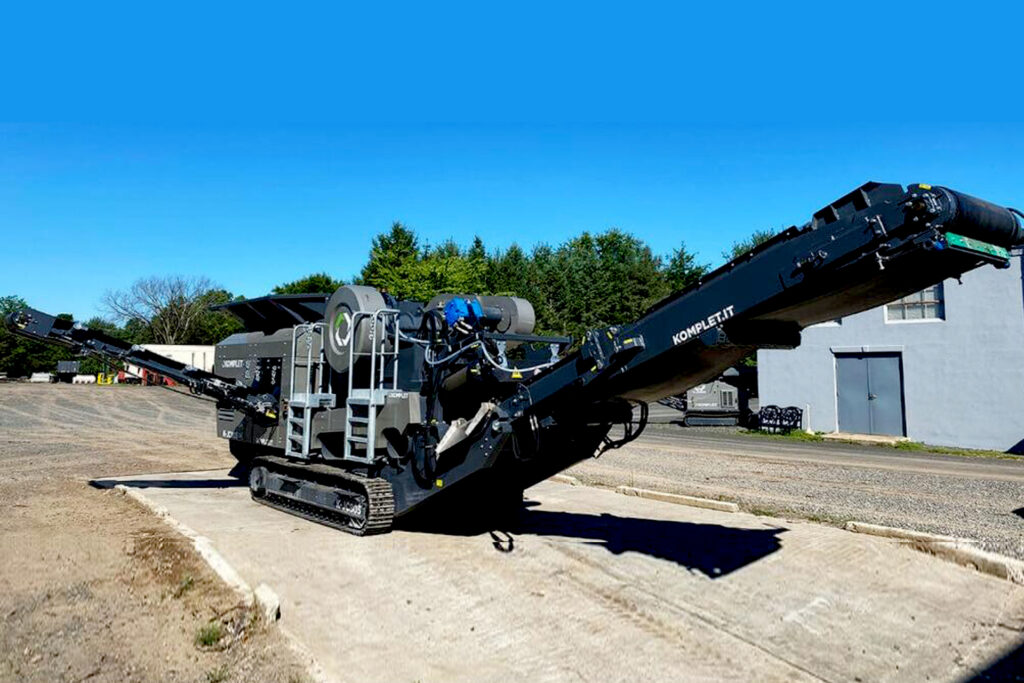In today’s environmentally conscious world, businesses across various industries are increasingly prioritizing sustainability. As environmental regulations tighten and corporate social responsibility (CSR) becomes more important, waste management is no longer just about disposal. It’s about reducing, reusing, and recycling, and this is where eco-smart site solutions come into play. For many businesses, a critical element in achieving sustainability is efficient waste management — and hiring industrial shredders is one of the most effective ways to achieve this. If you’re a business owner or manager tasked with waste management, you might be facing several challenges when it comes to disposal, sustainability, and cost-effectiveness. Here’s how shredders for hire can solve those pain points and help your organization stay ahead of the curve when it comes to eco-friendly practices. 1. Minimize Environmental Impact with Shredding Waste disposal is one of the biggest environmental challenges businesses face. Dumping non-recyclable waste into landfills contributes to pollution and takes a toll on natural resources. By hiring shredders for your waste management, you can significantly reduce the amount of waste that ends up in landfills. Shredders break down materials into smaller pieces, making them easier to handle, sort, and recycle. Whether you’re shredding paper, plastic, or other materials, this process enables more efficient recycling and reuse, ultimately reducing the volume of waste that needs to be disposed of. Moreover, shredding paper and plastic waste can make the recycling process much easier, encouraging circular economies in your business. Instead of sending everything to landfill, shredded materials can be repurposed, reducing environmental harm and contributing to a greener future. 2. Cost-Effective Waste Management For businesses that generate a lot of waste, waste disposal costs can quickly add up. Whether it’s for paper, plastics, or other materials, traditional waste management can become expensive, especially if you’re paying for regular pickups of large volumes of waste. This can be a particular pain point for companies with limited space, where storing large volumes of waste before disposal is not an option. Hiring a shredder can solve this problem by reducing the size of your waste. When you shred materials, they take up much less space, which means you’ll need fewer bins or pickups. You may also find that with more compact, shredded waste, your waste management provider can charge you less, as the volume of waste is reduced. Shredders can also help businesses streamline their waste management process, making operations more efficient and reducing time spent sorting and handling materials. This improved workflow leads to long-term savings for your company. 3. Compliance with Environmental Regulations With stricter environmental regulations in place, businesses need to ensure they are compliant with waste disposal laws. Failure to comply can result in hefty fines and damage to your company’s reputation. Shredding services for hire help businesses stay compliant with local regulations concerning waste disposal, recycling, and confidentiality. For example, shredding confidential documents ensures your business stays in line with data protection laws, such as GDPR, while also reducing your paper waste footprint. For construction companies, shredding large materials can ensure that construction waste is disposed of correctly, helping you comply with environmental standards and avoid fines. When you hire a shredder, you can rest assured that your waste is being managed correctly, reducing the risks of non-compliance and the associated penalties. 4. Improve Security with On-Site Shredding Services Another common concern among businesses is the security of sensitive information. Whether you’re in the legal, healthcare, or finance sectors, there’s always a need to securely dispose of confidential documents. Simply tossing these items into the regular waste stream leaves your company vulnerable to identity theft, data breaches, and other security risks. On-site shredding services, available through shredder hire, give you the assurance that your sensitive documents are being properly destroyed. This eliminates the risk of data breaches and ensures compliance with confidentiality standards. Instead of relying on off-site disposal, where you lose sight of what happens to your waste, on-site shredding ensures your sensitive information is destroyed right in front of you, providing a high level of transparency and peace of mind. 5. Save Time and Labor with Professional Shredder Hire Waste management can be time-consuming, especially when your team is busy with day-to-day operations. Without the right equipment, your employees might need to spend hours manually breaking down materials, which can take valuable time away from their core responsibilities. Hiring shredders can help businesses save time and labor. Professional shredders are designed to handle large volumes of waste quickly and efficiently, reducing the manual labor involved in waste management. Whether it’s for shredding paper, plastics, wood, or textiles, the right shredder makes short work of any job, allowing your team to focus on more important tasks. By hiring shredders, you also get the benefit of using the latest technology without needing to invest in expensive equipment. Professional shredding companies provide the expertise to handle your waste in an eco-friendly, secure, and efficient manner. 6. Flexible Solutions for Varying Needs One of the biggest advantages of shredder hire is flexibility. Waste generation can fluctuate depending on the size of your projects, seasonal changes, or business growth. Buying and maintaining shredding equipment can be expensive and impractical if you only need it occasionally. Shredder hire allows you to access the right equipment for your needs, whether it’s a small-scale shredding job or large-scale industrial shredding. You can hire the equipment for a day, a week, or even longer, depending on how long your project lasts. This flexibility ensures that your waste management solution is tailored to your business’s specific needs without the overhead costs of owning the machinery. 7. A Green Business Image That Attracts Customers Today’s consumers are more eco-conscious than ever, and many prefer to engage with businesses that prioritize sustainability. Whether you’re a small startup or a large corporation, adopting green waste management practices like shredding can significantly enhance your brand’s reputation. By hiring shredders and reducing your environmental footprint, you send a clear message that your business is committed to sustainability.
